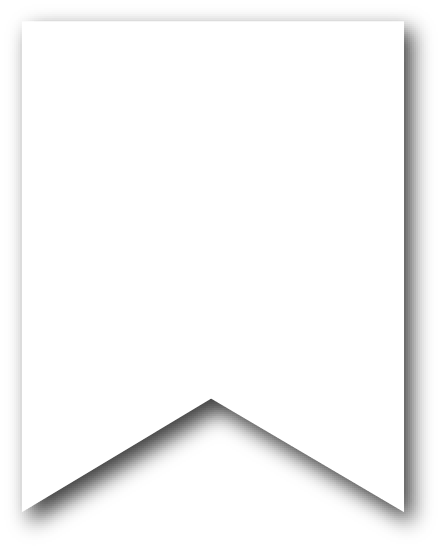Weedless Wednesday is part of Canada’s Nonsmoking Week. Weedless Wednesday is where the Canadian Council for Tobacco Control encourages smokers – tobacco and cannabis – to not use for 24 hours.
Marijuana Use in Alaska2
- 7% of high school students currently use marijuana while about 41.7% said they’ve tried it.
- The lifetime youth use increased after recreational marijuana was legalized and implemented in Alaska and was noticeably higher than the US average at just under 35.6%
- 9% of adults reported current use of marijuana. About 10.4% report themselves as heavy users (use 20+ days/month). Both increased since recreational legalization.
- Most adults use marijuana in a form that emits secondhand product (i.e. smoke). Modes of use:
- 86% smoke
- 7% eat
- 3% vape
- 2% dab
- 2% other
- Recreational use only was the most common reason for people to use marijuana in Alaska
Source: Parents and Adults – Marijuana Info (alaska.gov)
Health Impacts of Marijuana2,3,4,5,6,7,8
Research is still occurring to determine all the impacts marijuana can have.
General Impacts
- Marijuana can negatively impact:
- Thinking
- Attention
- Memory
- Coordination
- Movement
- Time perception
- Developing brains (babies, children, teens) are particularly susceptible to the harmful effects of marijuana and THC
- Marijuana was the second leading cause of DUI’s in 2019.
- Smoked marijuana delivers harmful substances, including many of the same toxins and carcinogens found in tobacco. Those shared chemicals are known to be harmful to lungs and the cardiovascular system.
- The FDA approved two drugs to help with nausea and vomiting from cancer chemotherapy. More research is still needed on marijuana’s impacts on cancer related treatment.
- Marijuana has been linked to:
- Depression
- Social anxiety
- Thoughts of suicide
- Suicide attempts
- Suicide
- Temporary psychosis
- Long-lasting mental disorders, including schizophrenia
- Disorientation, unpleasant thoughts, or feelings of anxiety and paranoia
- Associated with daily/nearly daily use and high doses
- There’s limited evidence that marijuana works for most types of acute or chronic pain. A couple studies suggest that it could be helpful for treating neuropathic pain (chronic pain caused by damaged nerves)
- Use during pregnancy may affect the baby’s development and put the mom-to-be at risk for pregnancy complications.
- Some of the chemicals from marijuana can be passed to a baby through breast milk. THC is stored in body fat and is slowly released. Meaning: a baby could still be exposed even after a person stopped using marijuana.
Secondhand Marijuana Smoke
- Research suggests that home use of marijuana smoke creates between 3.5-4.4x more particulate matter (PM) 2.5 than cigarette smoking. PM 2.5 can lead to:
- Premature deaths in people with heart or lung disease
- Nonfatal heart attacks
- Irregular heartbeat
- Asthma attacks
- Decreased lung function
- Increased respiratory symptoms, like coughing, difficulty breathing, or irritation of the airways
- Average PM 2.5 emissions at a dispensary that allow onsite consumption was 840 ug/m3. This is beyond established hazardous levels of PM 2.5 (hazardous maxes out at 500).
- There’s an association between secondhand marijuana smoke and increased viral respiratory infections in young, relatively healthy children
- People exposed to secondhand marijuana have detectable levels of THC in their blood and urine
- Studies on secondhand marijuana exposure on rats (similar genetic, biological, and behavior characteristics to humans) reveals impaired blood vessel function and endothelia function. Marijuana smoke can lead to greater and longer-lasting effects.
Alaska Specific
- Marijuana-related poison center calls increased significantly since legalization. There were 8 calls in 2014, when the ballot initiative passed; 10 in 2015 – when adult possession/use became legal; and 31 in 2017 – the first full year of retail sales.
- This followed years of decline from the previous record calls of 25 in 2010.
- Marijuana-related outpatient and inpatient hospital visits both increased since legalization. (1,324 in Q1,2015 to 1,788 Q4, 2017 for outpatient and 613 to 887 for inpatient).
What You Can Do?
- Include marijuana in your smokefree housing policies. Marijuana smoke contains some of the same chemicals and tobacco smoke. These chemicals are known to cause health issues. Get assistance by reaching out to SmokefreeHousingAK@Lung.Org.
- Encourage more research of marijuana and its impacts
- Use caution in making choices about use marijuana and consider not smoking or vaping it.
- Want to quit? Search for help at Find Treatment Locators and Helplines | SAMHSA
More Information
- Get the Facts: Get the facts about Marijuana for your family. (alaska.gov)
- Get info on the law in Alaska
- Learn how to be a responsible consumer if you aren’t ready to quit
- Get more info on medical marijuana and approved products on the market (recreational)
- Alaska based statistics
- Marijuana in the Workplace: Marijuana and CBD in the Workplace (alaska.gov)
- FDA’S What You Need to Know About Cannabis and Cannabis Derived Compounds: What You Need to Know (And What We’re Working to Find Out About Products Containing Cannabis or Cannabis-Derived Compounds, Including CBD
References
- Weedless Wednesday: Will you butt or doob out for 24 hours? | Stories (northernhealth.ca)
- Marijuana Use and Public Health in Alaska 2020
- Health Effects of Marijuana | Health Effects | Marijuana | CDC
- Measuring PM2.5 concentrations from secondhand tobacco vs. marijuana smoke in 9 rooms of a detached 2-story house – ScienceDirect
- Health and Environmental Effects of Particulate Matter (PM) | US EPA
- Association between secondhand marijuana smoke and respiratory infections in children | Pediatric Research (nature.com)
- secondhand-marijuana-smoke.pdf (no-smoke.org)
- 2012_aqi_factsheet.pdf (epa.gov)



